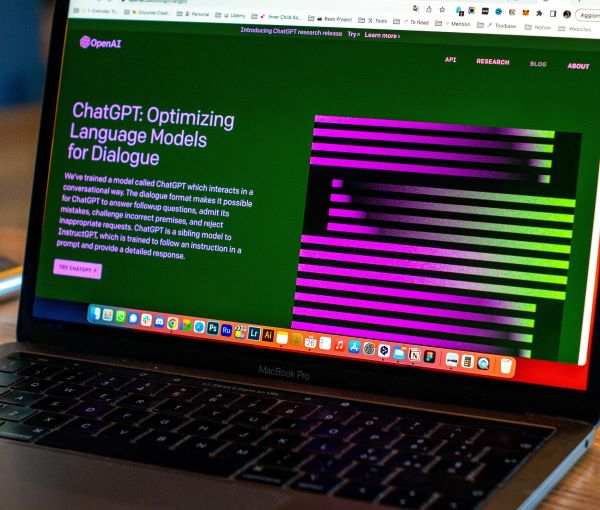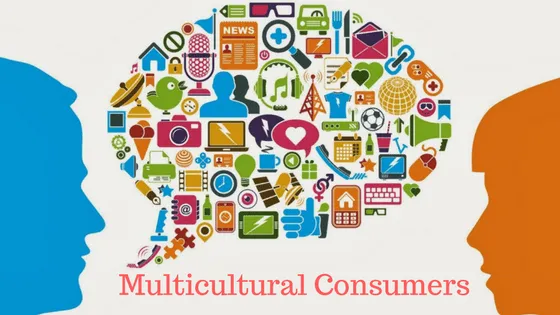In the modern world that is more interconnected than ever before, translation technology is essential in joining totally different languages and cultures. The most common terms for this phenomenon are AI translation and machine translation (MT) which are kinds of similar things but still have certain differences. MT is an automated system that transforms a text from one language into another. At the same time, AI-powered translation refers to this technology by scanning information with options like neural networks for improved accuracy and context sensitivity. As businesses expand across the globe and education reaches far corners of the world, one of the most important elements is efficient translation tools that can provide high-quality output.
What is Machine Translation?
MT is an automated process of translating a text from one language to another by means of certain software and algorithms. The rules used in translating between languages were predetermined, and the translation was done with Rule-Based Machine Translation (RBMT) playing a significant role in many early MT systems. Next came Statistical Machine Translation (SMT) which aimed to predict translations through probabilities for a given input sentence corresponding with the help of exceptional billions-of-words bilingual text data. Common examples of MT are Google Translate and Microsoft Translator, both known for prompt translations. However, early versions of MT had such problems as bad syntax, poor context, and cultural inferences that resulted in mistranslations. The shortcomings of this approach necessitated more sophisticated techniques, which led to the development of AI translation systems.
Evolution of AI-Powered Translation
AI-powered translation has transformed machine translation by embedding artificial intelligence into the systems, mainly through neural networks and deep learning. Neural Machine Translation (NMT) is the most notable disruption, allowing AI systems to glean language patterns and subtleties in a more intelligent manner than other approaches. While previous methods examined words or phrases separately, NMT investigates entire sentences, enabling systems to understand the context and produce natural-sounding, grammatically correct output. For example, Google Translate's transfer to NMT in 2016 resulted in a substantial increase in fluency and cohesiveness. The growing availability of big data has also been a catalyst, allowing models like OpenAI's ChatGPT to undertake tasks that were impossible for earlier generations, including deciphering complex languages.
AI-generated Translation and Traditional MT, What Are the Conceptual Differences?
AI translation, unlike traditional MT, can treat context and nuance. Where traditional MT often ran into problems with idioms and nuances of meaning, AI processes the entire sentence so that it can translate idiomatic expressions or cultural references more naturally. Compared to traditional MT which requires fixed linguistic rules, AI models are improving constantly using huge datasets for training. This flexibility also leads to more accurate translations, especially for complicated or niche phrases. Both variants are rapid, however, AI models can cope with off-pattern inputs better than SMT since they learn and adapt over time in a way that quickly delivers high-quality translations.
Use Cases and Benefits in the Real Life
Across a range of fields, AI translation is changing the way we cross language barriers. In international communication, AI translation provides proper interaction for business, social networks, customer service, and diplomacy bringing diverse cultures together. For e-commerce, AI makes it easier to offer services internationally by localizing content and creating an impression of familiarity to customers. Accurate medical translations save lives. Education is another sector that benefits extensively from AI due to translation into other languages and provides resources in learners’ native language, thus promoting global learning. The applications of AI translation help us see how it connects the world and enables a global exchange.
Pending Problems and Restrictions
Even though AI technologies have come a long way, there are still many struggles that AI translation faces. First, there is a problem with cultural sensitivity that AI just cannot seem to get right; it simply does not understand the vast differences in culture, and this can result in unnatural translations as well as very inappropriate meaning loss. Moreover, in areas with a lot of jargon when it comes to legal or medical translation where context is everything, AI can fall back, which often leads to inaccurate results. Also, there are ethical concerns to consider since AI models often process personal details of one sort or another. In addition, we still need human oversight due to biases built into AI models that might affect the translation quality by showing some prejudice or inaccuracy.
AI-powered translations are a massive step-up from traditional MT since they provide improved accuracy, context understanding, and user experience. As of now, these tools are not perfect; they get tricked by cultural differences or the context, but further research shall definitely fix those problems. As AI continues to improve, future translations will turn out to be even more accurate and correspond to cultural norms.



